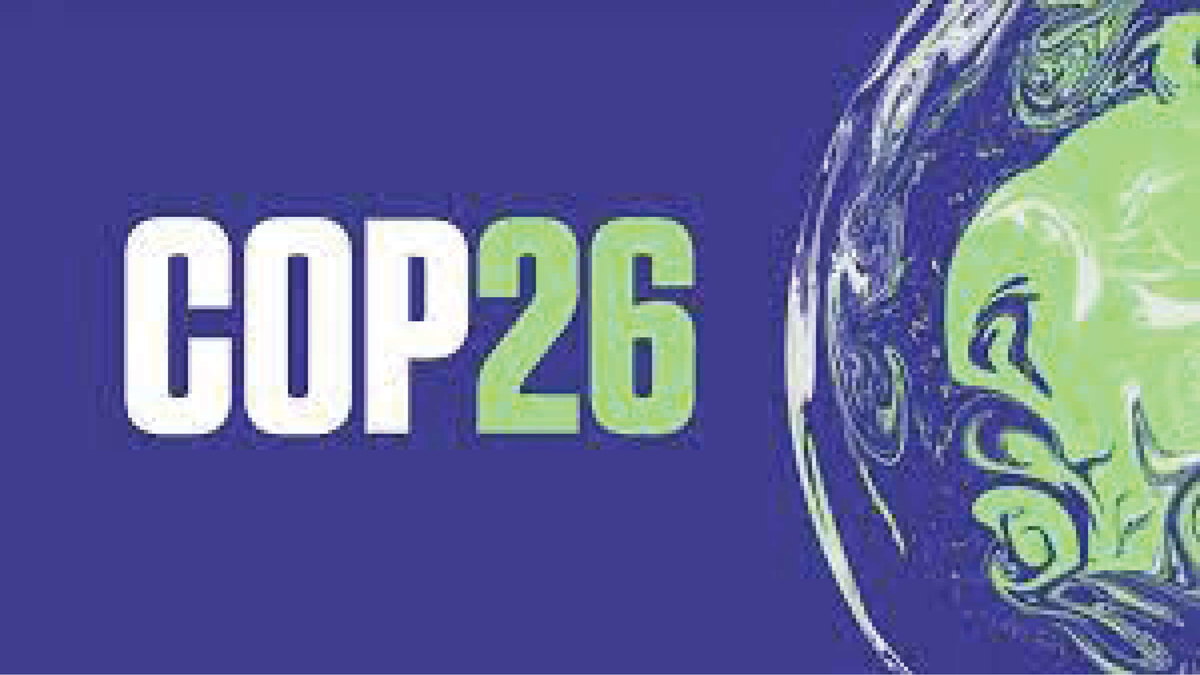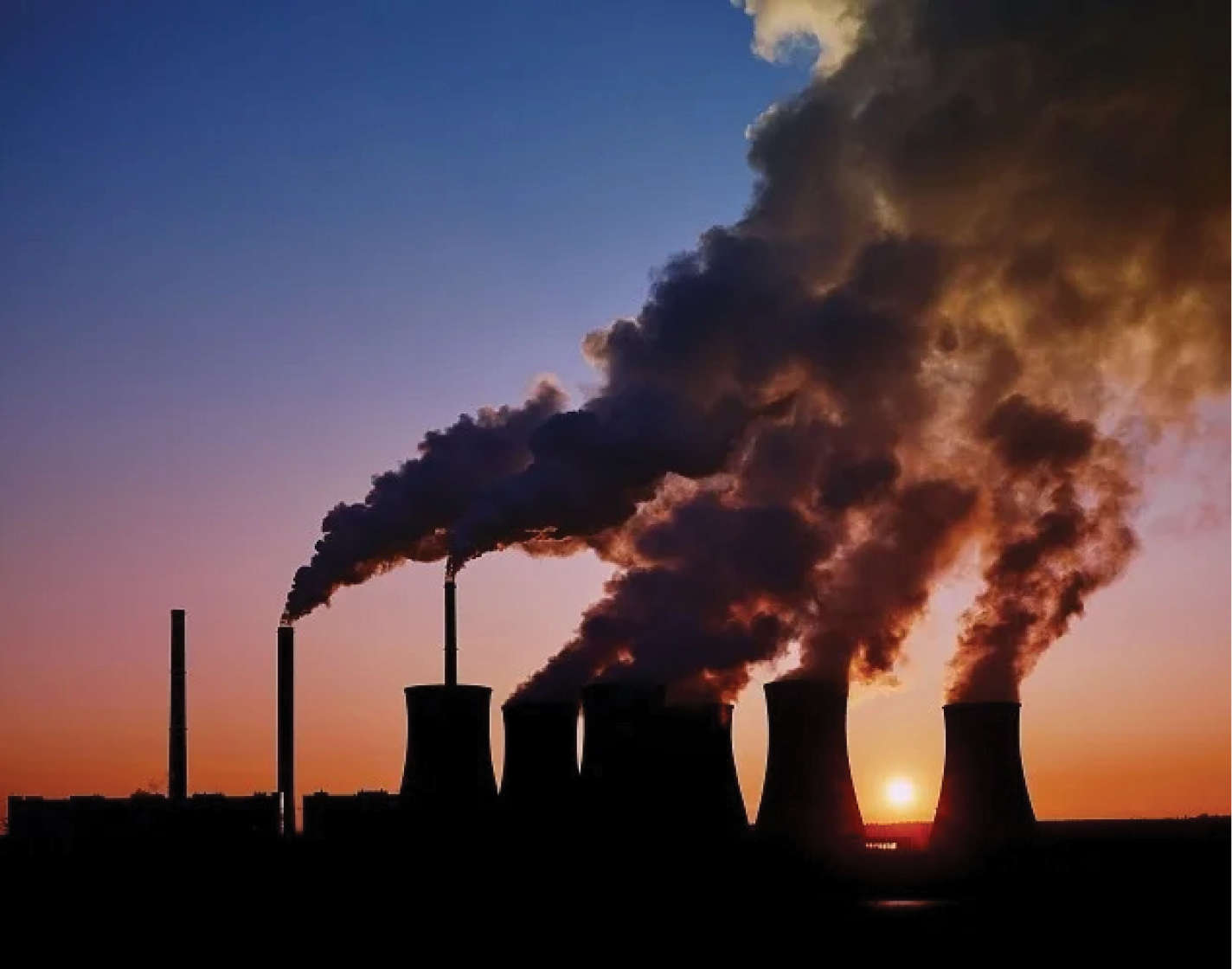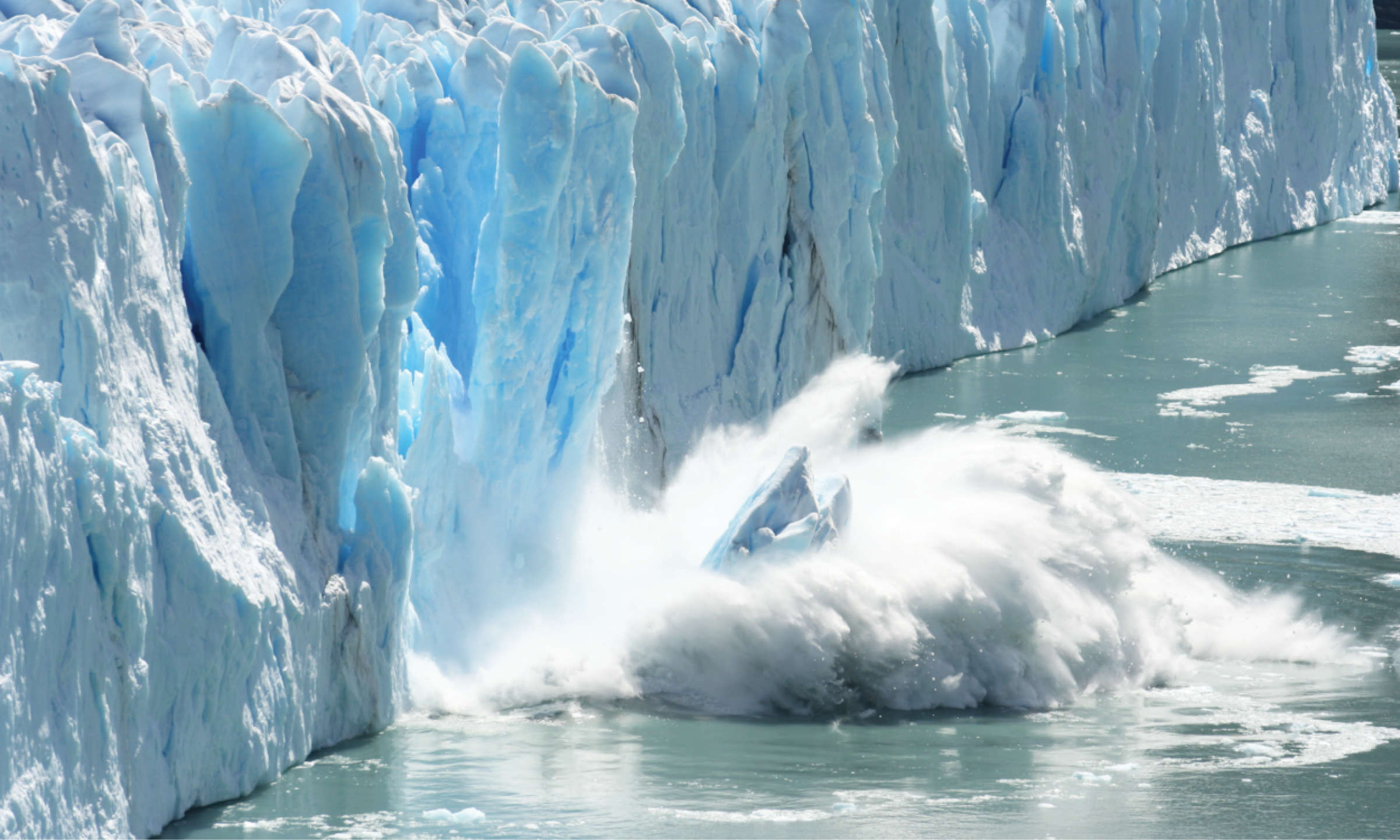


INTRODUCTIONThe most firm steps are expected from the largest emitters across the globe, to start with, China has to change its path of increasing the emissions till 2030, then cutting down. If they can’t reduce the emissions, at least keep them at current level and then bring down to net zero by 2050. Along-with this, US net zero date is due in 2040, should focus on attaining faster reduction by 2030, same goes with Europe as a whole. In this way, their collective carbon emissions would fall to around 32% (against current 78%) of total carbon budget.

COP-26 stands for 26th conference of parties i.e., leaders from more than 190 countries where negotiators, intellectuals, researchers and citizens came together to curb the threat of climate disaster and climate change. This conference was hosted by UK at Glasgow which is most populous city in Scotland from 31st of October to 12th of November 2021. This conference is also known as CMP16(Kyoto Protocol) and CMA3(Paris agreement) UK Cabinet Minister Mr. Alok Sharma was the president of the COP-26. World leaders were arrived in this COP conference like Elizabeth II eldest son Prince Charles, India’s Prime Minister shri Narendra Modi, US President Joe Biden, UK Prime Minister Boris Johnson, First minister of Scotland Nicola Sturgeon, president of France Emmanuel Macron and many more. The theme of COP-26 was “NET ZERO 2050” for ‘Make a plan for future’. Here, Net Zero means the amount of carbon being emitted from industries, automobiles, etc. is equal to the amount of carbon being sequestered(absorbed) by nature like forests, oceans, wetlands. Suriname and Bhutan are such countries who already attain Net-Zero mark where other countries are planning to achieve this remarkable feat. Bhutan is the only country in the world where carbon emission is in negative and this country is also act as a carbon sink for neighbouring countries. This conference was very crucial because a report was released in August 2021 by the name of ‘The sixth Assessment Report (AR6)’ of the intergovernmental panel on Climate Change had an alert for the world over global temperature rise and associated risks.
HISTORICAL BACKGROUND
Agenda 21 for 21st century was introduced in Rio summit 1992 is also known as 1st Earth summit where an international environmental treaty was signed in 1992 to combat “dangerous human interference with climate change”. To make this treaty successful, a multilateral environmental agreement was made i.e., United Nations Framework Convention on Climate Change (hereinafter called UNFCCC) in 1992 at Rio Conference for stabilizing greenhouse gas concentration in the atmosphere.
As the name suggests the conference of parties or COP is a global conference that plans and set agendas for efficacious implementation of UNFCCC. UNFCCC came into effect in 1994 at New York, United States which is not legally binding and its headquater is in Bonn, Germany. First such meeting was held in Berlin, Germany in march, 1995 and it is held annually at a different venue with a different country as its president likewise.
OVERVIEW OF COP-26
The most crucial target set by countries, was to bring down the carbon emissions to net zero, where more than 135 countries countries announced their target dates who are responsible for more than 80% carbon emission around the globe and pledging to achieve net-zero carbon emission by 2050. But most of the developing countries (including India) didn’t concurred that there is any need to cut down the emissions by 2050.
Another important objective of COP-26 was Glasgow breakthrough Agenda put forward by 42countries (including India). It is a collective pledge to expedite the development of clean technologies, the target areas include power, road transport, steel and hydrogen.
The meeting was also significant as it was first time when notions were expected to submit their national targets to minimize climate change. This was termed as ‘Ratchet Mechanism’, which was to be updated every five years. However, despite the postponement due to COVID-19 Pandemic, many countries were still unprepared with their pledges.

The main motive of the meeting was to reduce the carbon consumption which leads to Net zero. For attaining this net-zero we also have to protect our forest because it helps in absorbs carbon dioxide from the air which we also called ‘Carbon Sink’. Oceans also plays vital role in absorbing the carbon dioxide from the air, but due to heavy industrialization in recent past years, it lost its capacity to absorb the Co2 from air. Amazon forest of Brazil which act as the biggest carbon sink in the world gives 20% of oxygen to the world also called lungs of earth.
INDIA AT COP-26
India’s stand towards minimizing climate change was put forward at summit by prime minister Narendra Modi while addressing COP-26, he presented the five commitments of India, collectively known as ‘Panchamrit’ –
1. Net Zero emissions by 2070. At this point, India has changed its stand from previous COPs, where it accepted the need of net-zero emissions.
2. Increase its capacity of non-fossil fuel energy to 500 GW
3. Carbon emissions to be reduced by one billion tonne.
4. Carbon intensity to be reduced by 45%
5. 50% Increase the share of renewable in the energy by 2030
The prime minister also mentioned about Indian Railways’ target to achieve net-zero by 2030. He also added that government of India’s initiative is aimed at reducing 40billion tonnes of emissions through the use of LEDs. He also reiterated that India is, and the only country in the world, working very hard to keep its promise of Paris agreement. He also said that, for him, Paris event was not a summit but a sentiment, a commitment and India was not only making promises to the world, instead, 125crores Indian were making promises to themselves.
Since India is not part of Nuclear Supplier Group (NSG), faces problem and extending its time limit for Net-Zero carbon emission by 2070. India had committed to cut down the emission intensity from 33% in 2005 to 35% by 2030 and India’s continued its traditional diplomatic support other Developing countries.
SETBACKS OF THE SUMMIT
Despite setting massive targets for cutting carbon emissions, and for reducing climate change, it was lacking in several aspects. Firstly, there is no mechanism for enforcement. Moreover, there are no penalties for non-compliance; thus, there is no guarantee if the targets will be achieved or situations would get worse. Secondly, many countries have not, or even worse, have specific plans to attain their targets, creating an uncertainty in trajectory to net-zero. Thirdly, the summit only ‘urges’ and not strictly commands the member countries to accelerate their approach towards net-zero. It also fails to firmly secure the funding commitments of developed countries.
Another setback for the summit is that there is an unequal distribution in carbon emissions, the top three emitters (China, US and Europe) account for only 30% of world’s population, take up about 78% of carbon budgets. A positive note for India in this aspect is that, it has lowest per capita emissions – despite accounting for 17% of world’s population, emits only 5% of total carbon emissions.
Furthermore, the developed countries have also failed to keep their promise of providing financial support to developing countries; As many countries depend on other countries for financial support. They have had committed to provide 100 billion dollars each year, which is still unfulfilled. Thus, decelerating the pace of achieving set targets by developing countries.
Although, Climate Action Tracker, an independent organization, suggests that the targets asserted, have the potential to cut down global warming to around 1.8 degree Celsius; it has also alerted the global leaders that the current pace of 2030 targets could result in rising the global temperature by around 2.1 degree Celsius.
SOLUTIONS
Now, we have to focus on what can be done to minimize the global climate risks that the world may face in coming future.
The most firm steps are expected from the largest emitters across the globe, to start with, China has to change its path of increasing the emissions till 2030, then cutting down. If they can’t reduce the emissions, at least keep them at current level and then bring down to net zero by 2050. Along-with this, US net zero date is due in 2040, should focus on attaining faster reduction by 2030, same goes with Europe as a whole. In this way, their collective carbon emissions would fall to around 32% (against current 78%) of total carbon budget.
Talking about India, there is a lot that we have to do to contribute towards this collective interest of saving mother earth. First of all, we have no plans or commitments for reduction in coal based power. The government can start with banning any new coal based establishment. Secondly, electric vehicles need to be encouraged against the conventional petrol and diesel vehicles. Thirdly, Hydrogen and Titanium is seen as the fuel of the future as Hydrogen is an energy carrier that can be used in internal combustion or fuels which produce no greenhouse gases when it combusted with oxygen. Launch of the global green grids will also reduce the dependency on carbon fuels.
CONCLUSION
The COP-26 of UNFCCC is an affirmation that the global leaders are thoughtful towards climate change. Despite these huge affirmations in every COPs the pace of action plan is slower than required. A lot is expected from bigger economies country who are also top emitters of carbon, which, in spite of being most responsible for current scenario, looking most irresponsible towards their duties too. Moreover, all other countries need to work out on proper plan for achieving their commitments as soon as possible. Thus far, the promise of all climate finance from the countries have been proved as hollow ones. Bigger economies country must corroborate climate finance with 1 trillion Dollar as fast as possible and it is also the need of the hour to pressurize those countries who failed in their committment about the climate finance and reduce the carbon emission.
India too, needs to think strategically for keeping its promise. It will have to cut-down its coal use in power production as well as encouraging Electronic Vehicles(EVs). Also, we have to focus future fuels like Hydrogen and Titanium. We cannot wait for the anger of climate which will devastating result, we have to have implement the action plans at the earliest.